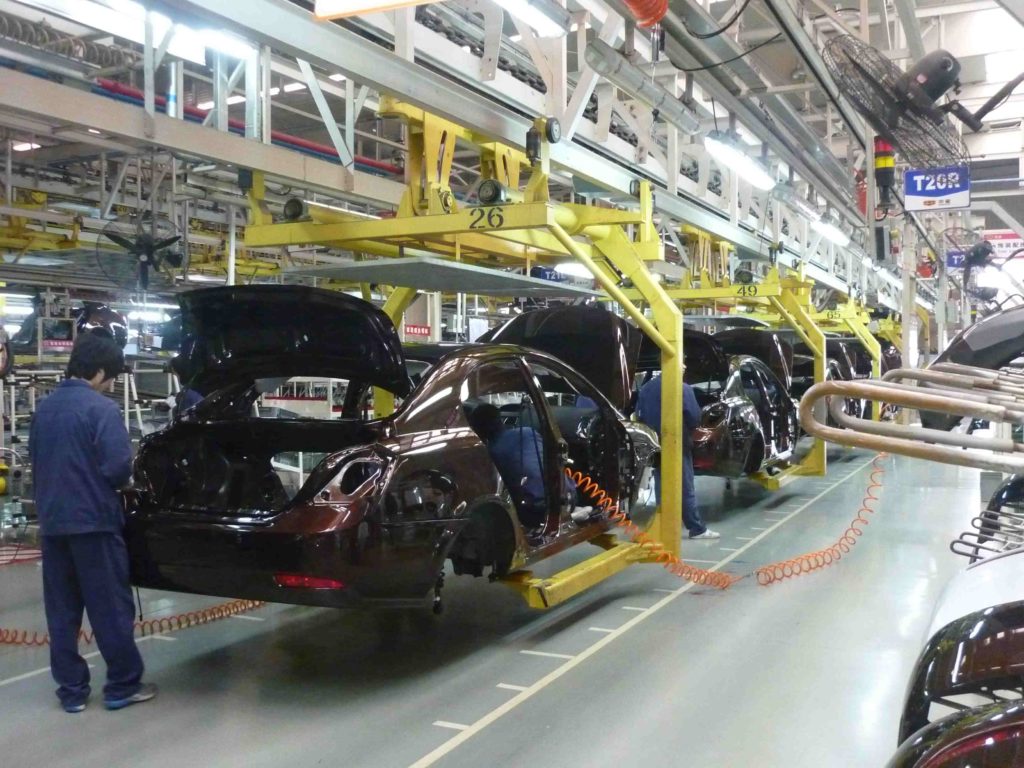The major “boom” of automation and customization being utilized in the automotive industry has made it a well-known fact that the industry is dependent upon processes that are finely tuned and robust.
It’s these finely tuned processes that make it possible to produce high-quality and reliable vehicles. Why are these processes necessary? They’re necessary for the safety of drivers, after all, safety is the number one focus when producing new vehicles.
As an automotive business owner, you need to be in the loop on all the latest advancements and technologies out there so that you can implement them into your vehicles as well, right?
Of course, and one of the biggest processes used in producing high-quality and robust vehicles is plasma treatments. Plasma technology is not only used to improve the adhesion of interior and exterior of automotive parts but it’s also used to enhance the surfaces of automotive parts.
What is Plasma and Plasma Treatment?
Before getting into plasma treatments, lets first get back to the basics of what plasma is. Plasma is the fourth state of matter.
If you know anything about the principles of chemical reactions, then you know that any element can change its state if the right amount of energy is applied and transferred, according to reference.com. If a particular element is in a gaseous state, then an extreme amount of energy will be required to take that element from its gaseous state and change it into plasma.
Plasma is a partially ionized gas that consists of atoms with high energy. When these energetic atoms come into contact with a metal surface, they transfer their energy to the metal atoms, which then cause physical and chemical changes to the properties of the material.
It’s these changes to the properties that make it possible for vehicles to be painted and ready for adhesive bonding. Can you see why plasma treatment is the reason why it’s one of the first and top preconditioning processes?
From programs and software to various tools and machines, there are going to be various technologies you’re going to need for your small business but in the automotive industry, plasma technology will play a huge role in the success of your business.
How It’s Used in the Automotive Industry

1# Surface Cleaning
Some might think that plasma is only a surface tension modifier but oh no, it’s much more than that. Plasma is actually a very effective cleaning agent.
It can clean various automobile parts and get rid of organic residues. The process of surface cleaning not only improves the overall quality of the metal but it also lessens the likelihood of corrosion as well.
2# Surface Treatment
Before plasma was introduced to the automotive industry, the surface treatment being used was organic acids. The thing about organic acids is that when they react with metal surfaces, they form non-volatile by-products that would accumulate on the surface of the metal, causing a major change to its properties.
Now, when metal surfaces react with plasma, it’s volatile. That’s what makes surface treatments improve the tension of a particular material without changing its properties… that’s the power of plasma technology.
3# Parts Adhesion
i. Headlights
Headlights today use LED technology that lasts the lifetime of the car, so what does that mean? That means that you shouldn’t have to change the bulbs out.
It’s longevity that makes it so appealing and in order for your headlights to last a car’s lifetime, it needs to be protected to keep moisture out.
When manufacturers bond headlights and tail lights, it’s very important that the adhesive being used has immaculate sealing properties as well as reliable adhesion. This type of treatment would be known as atmospheric plasma treatment.
ii. Interior Car Parts
For car part interiors, plasma jets are used on industrial robots. Using these robots allows for precise and rapid surface pretreatment of car interior parts before coating and in-mold decorating and labeling can begin.
iii. Exterior Car Parts
The exterior parts of cars today are comprised of a series of various complex materials like sheet molded compounds and metal tailored blanks. Those are materials with very different surface qualities. Plasma treatment is key when trying to achieve stable material combinations and high-quality surface finishes.
4# Windshields
When windshields are installed, the edges of the glass panes are coated in ceramic and need to be bonded with a painted flange of the car’s metal body.
Now, to achieve the most precise type of adhesion, you had to treat ceramic-coated glass surfaces with chemical primers. The thing about these primers is that they contain volatile solvents that are released into the environment and even into the car itself, and that’s the last thing you want.
Ideally, you want a wet-chemical pre-treatment that’s environmentally friendly and plasma treatment have made that very possible.
Read Also: 4 Tips Which Help You to Stay Updated with Latest & Innovations Technology
Author: Sarah Baker
















